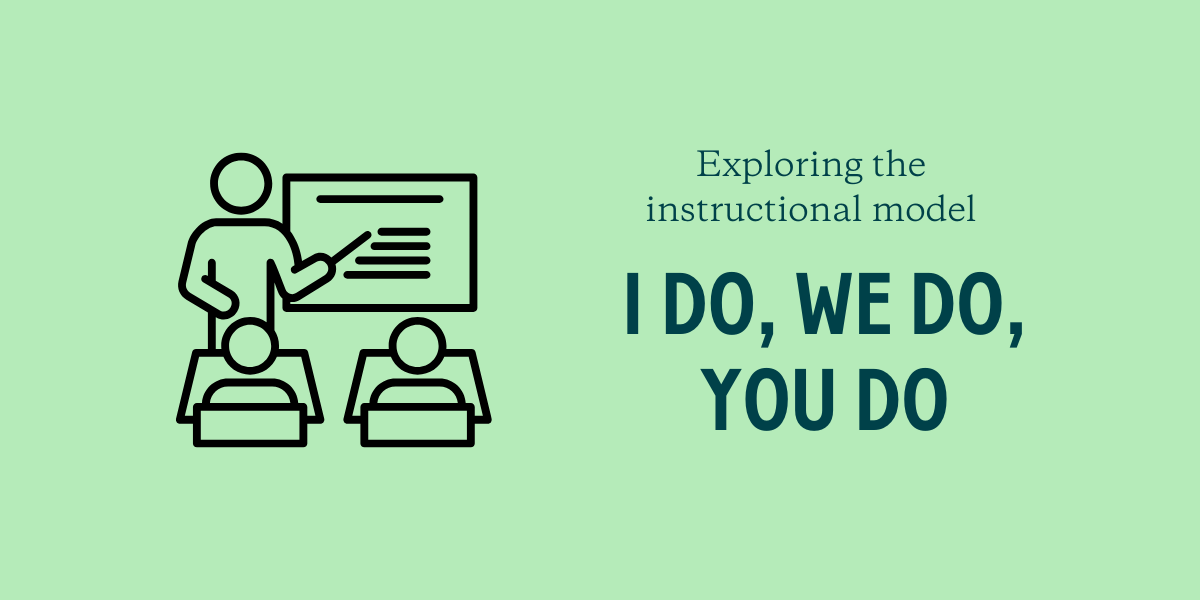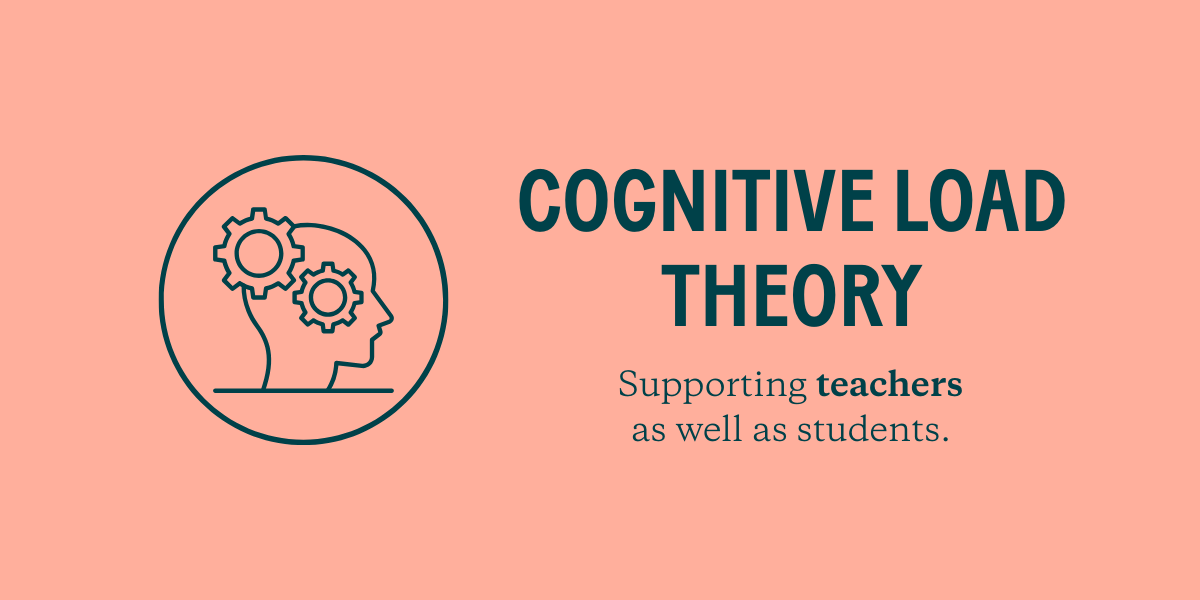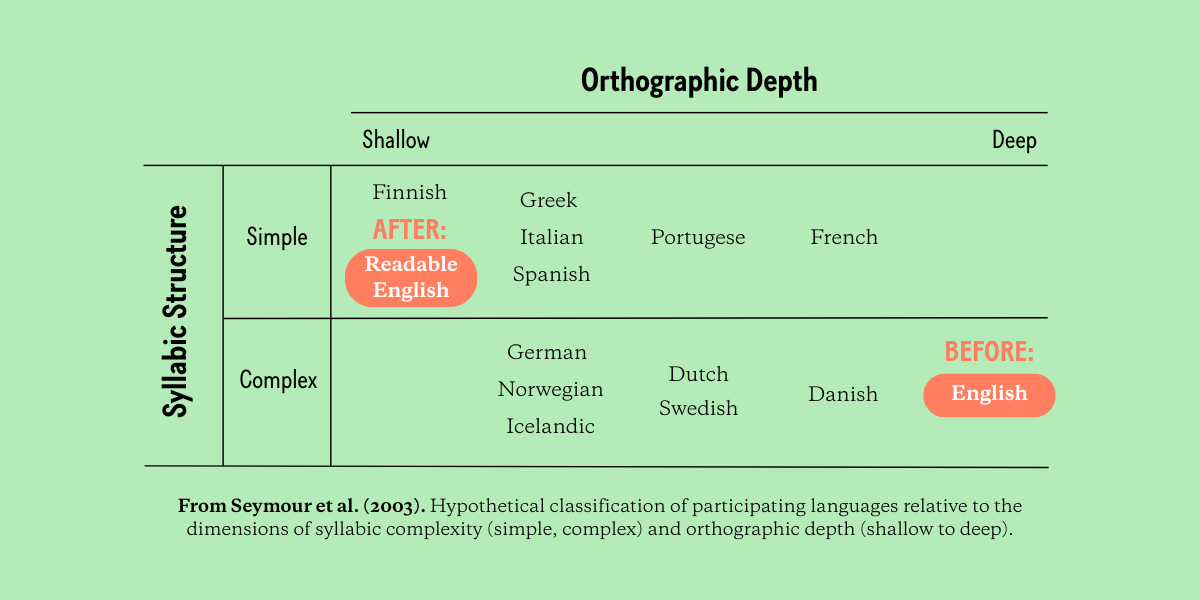Exploring the Instructional Model “I Do, We Do, You Do”
If you spend time in classrooms — or scrolling through teacher Twitter — you’ve likely heard a lot about “I Do, We Do, You Do.” It’s a simple phrase...
K-12Discover how Readable English is transforming reading instruction |
PROGRESS MONITORINGEasily assess and monitor growth with data-driven insights and reporting tools |
PROFESSIONAL SERVICESDiscover the services that support your success, from virtual training to expert coaching |
INDIVIDUALSStrengthen your reading skills with an interactive app tailored to your learning needs |
PARENTSEmpower your child's reading journey with an interactive app and expert strategies for home support |
|

|
Rethinking Reading: How One District Transformed Instruction (SmartBrief)Discover how a bold shift in reading instruction helped struggling learners thrive - and the critical role Readable English played in their success.
|
RESEARCH & RESULTSExplore peer-reviewed studies and real-world case studies on Readable English in action |
BLOGExplore articles on feature highlights, research deep-dives, and the latest literacy insights |
EBOOKDownload the ebook Why Learning to Read English is So Hard and how to Make it Easier |
CUSTOMER STORIESDiscover how educators and administrators are transforming literacy with Readable English |
RESOURCE AND PRODUCT ENABLEMENT LIBRARYFind essential educational references and instructional materials to enhance teaching |
FAQSFind essential educational references and instructional materials to enhance teaching |
NEWS & EVENTSStay up to date with media coverage, webinars, and upcoming events featuring Readable English |
|
|
Rethinking Reading: How One District Transformed Instruction (SmartBrief)Discover how a bold shift in reading instruction helped struggling learners thrive - and the critical role Readable English played in their success. |
It’s a question many educators wrestle with: should phonics instruction continue beyond the early years? The answer isn’t a simple yes or no, but exploring the nuances can help us make smarter instructional choices for students in grades three and above.
To decide whether phonics should continue, it’s helpful to understand how reading develops over time. Foundational decoding skills typically take root in the first few years of school through systematic phonics instruction. But reading doesn’t stop at sounding out words; it expands into fluency, vocabulary, morphology, and comprehension.
The Simple View of Reading (Gough & Tunmer, 1986) shows that reading comprehension depends on both decoding and language understanding. Meanwhile, Scarborough’s Reading Rope (2001) illustrates how phonics contributes to automatic word recognition early on, while morphological awareness, vocabulary, and background knowledge become increasingly important in later years.
These models don’t suggest abandoning phonics after the early stages, but they do remind us that its role shifts over time.
Research by Berninger, Nagy, and colleagues (2009) shows that phonics development tends to plateau around year four, while students’ morphological knowledge continues to grow throughout primary and secondary school.
Why does this matter for reading? Phonics knowledge is finite; once students grasp key patterns and the alphabetic principle, there’s less new content to acquire. Morphology, however, is unlimited. As texts grow more complex, students rely less on sounding out and more on recognizing meaningful word parts, breaking down multisyllabic words, and using vocabulary knowledge for comprehension.
In an ideal world - and if English were truly phonetic - students would internalize decoding skills early. Phonics in later years would only surface when tackling unfamiliar patterns or irregular words like reign, epitome, or pseudo. In that scenario, phonics would function as a support strategy rather than a core instructional focus.
In most schools, many students in grades three to six can read but still have gaps in their recall and automatic use of phonics. They may compensate through context or guessing rather than decode confidently and efficiently.
This impacts fluency, stamina, and comprehension, especially when encountering new vocabulary, subject-specific terminology, or multisyllabic words in upper primary and secondary texts.
Automatic decoding frees up cognitive space. When students don’t have to work hard to read individual words, they can focus on meaning.
The solution isn’t to keep teaching phonics to every student in upper grades. It’s about targeted, responsive instruction:
For students reading at or above benchmark but showing decoding inconsistencies, phonics can be delivered in short, focused bursts to strengthen automaticity.
For students below benchmark or flagged in reading assessments, instruction may need to be more intensive, supported by monitoring and review to ensure new learning sticks.
The goal isn’t to follow a grade-level script, but to meet readers where they are and remove decoding barriers quickly.
This is where Readable English become invaluable. By making text more decodable, surfacing phonics patterns, and scaffolding morphology, Readable English helps students:
Consolidate foundational decoding skills as they meet new words
Access complex texts without being blocked by unfamiliar letter-sound patterns
Shift their cognitive load from decoding to comprehension and critical thinking
The aim isn’t to keep phonics front and centre forever. It’s about identifying gaps, addressing them efficiently, and then moving students into rich vocabulary and morphology work that will support them throughout school and beyond.
So, should we teach phonics beyond the early years? For many schools, yes, but only when it serves reading. The focus should be on closing decoding gaps efficiently so students can engage with vocabulary, morphology, fluency, and comprehension.
With the right tools and data-informed teaching, older students don’t just read words; they access knowledge, think deeply, and use language with confidence and independence.

If you spend time in classrooms — or scrolling through teacher Twitter — you’ve likely heard a lot about “I Do, We Do, You Do.” It’s a simple phrase...

When it comes to helping teachers grow from novices to experts, decades of research in education and cognitive science point to one powerful idea: ...

If you're a student learning to read French, Italian, or Finnish, odds are you're decoding words with ease within a year. But if you're learning to...